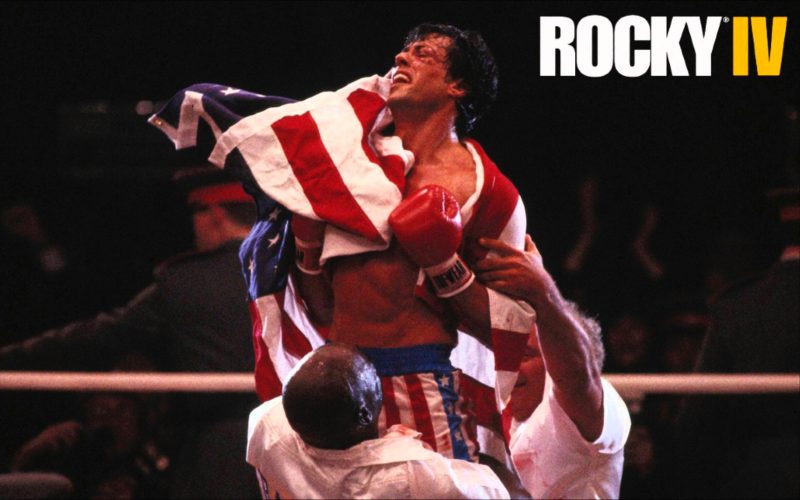Rocky IV (1985).
After the success of the third chapter in the Rocky saga had proved that there was life beyond the Creed Vs Balboa rivalry, and that audiences were willing to accept the premise of new contenders in the opposite corner, it was inevitable that Sylvester Stallone would return to the role of The Italian Stallion for a fourth time.
With Clubber Lang having now been firmly put in his place, it would be a duff move to try and pull of the rubber match yet again with Mr T. No, if there was one thing that Rocky III had taught returning writer Stallone, it was that the only way was up. As much as Clubber Lang was a much more fierce foe than Creed, the next fighter to challenge the Southpaw champion would need to be even more of a threat, a fighter that could literally kill a man in the boxing ring and yet show no emotion. 1985 was a period steeped in cold war paranoia, and what would be more fitting in this post-Terminator cinematic landscape than a steroid enhanced killing machine, and a Russian one no less?
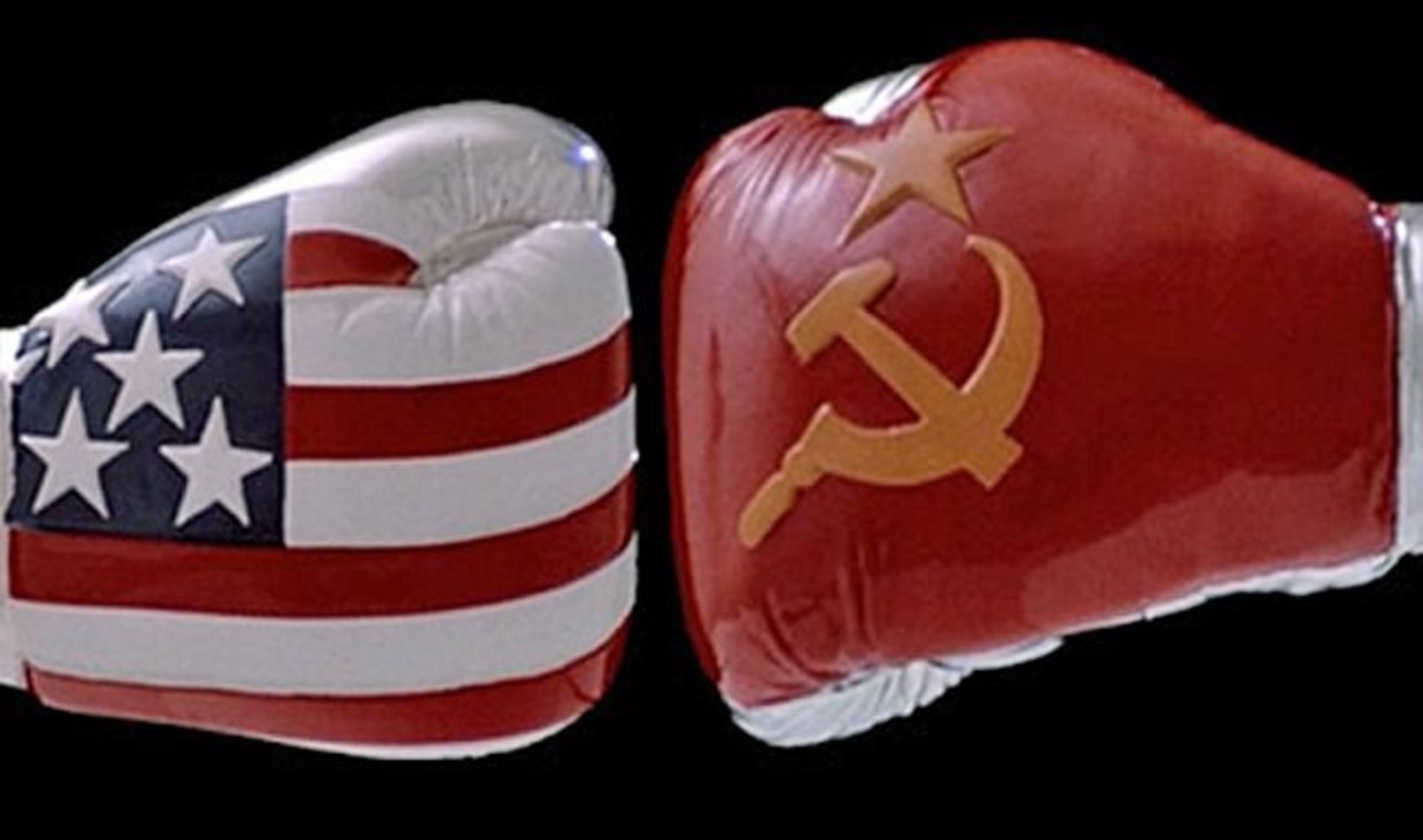
Hans ‘Dolph’ Lundgren was born to play the role of said killing machine, Ivan Drago. Although actually Swedish, he had the look of an elite Russian athlete, with his tall, muscular frame and steely, prominent jaw line, coupled with a bleach blonde flat-top hairstyle. He certainly cut an imposing figure both in and out of the boxing ring and brought a real sense of danger to the character, which was telling given his fighting background. Having trained in both boxing and various martial arts, which lead to him representing Sweden on their national team for Kyokushin Karate, where he would claim the European title in 1980, whilst at the same time, studying to receive a master’s degree in chemical engineering from the Royal Institute of Technology and in turn win himself a Fulbright scholarship to MIT in Boston. Although Drago is only shown initially in Russian military attire, Lundgren actually served in the Swedish military, whilst completing the mandatory military service ordained by his home country, which further added to the hardcore work ethic that he instilled upon himself to achieve victory both in and out of the fighting arenas.
However, whilst earning a little side cash as Grace Jones’ bodyguard he started a relationship with the eccentric actress and singer, which eventually lead to his very small debut as a KGB henchman in 1985’s A View To A Kill, in which Jones appeared alongside Roger Moore in his final appearance as the debonair spy.
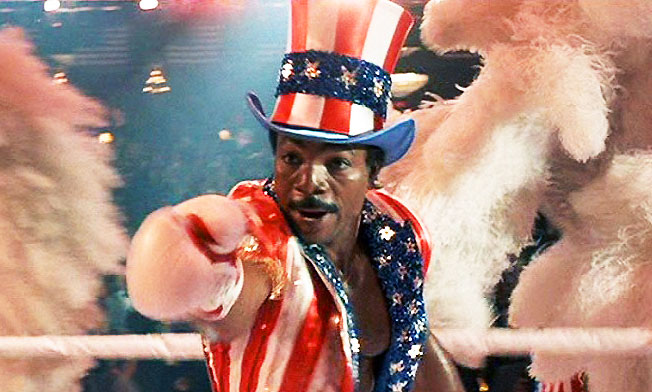
This brief introduction to the world of acting gave Lundgren a taste of the limelight and alongside some modelling work that came his way, he decided that he wanted to be a movie star and whilst pursuing his goal found work as a bouncer in Manhattan’s Limelight Club, where he worked alongside another fellow aspiring thespian by the name of Chaz Palminteri. Lundgren began to take acting classes to better his technique, studying alongside Andie MacDowell and Tom Hulce and quit MIT after only two weeks to pursue his dream of making it big in Hollywood. Upon hearing that Stallone was looking to cast an imposing figure to star opposite him in the new Rocky film, Lundgren sent videos of his training and photos of himself to the actor via a very distant contact to Stallone, who told him that Sly would never cast him as he was simply to tall to appear opposite him. Eventually this proved not to be the case as Dolph beat around five thousand other hopefuls to land the role and it’s hard now to imagine any other actor taking his place.
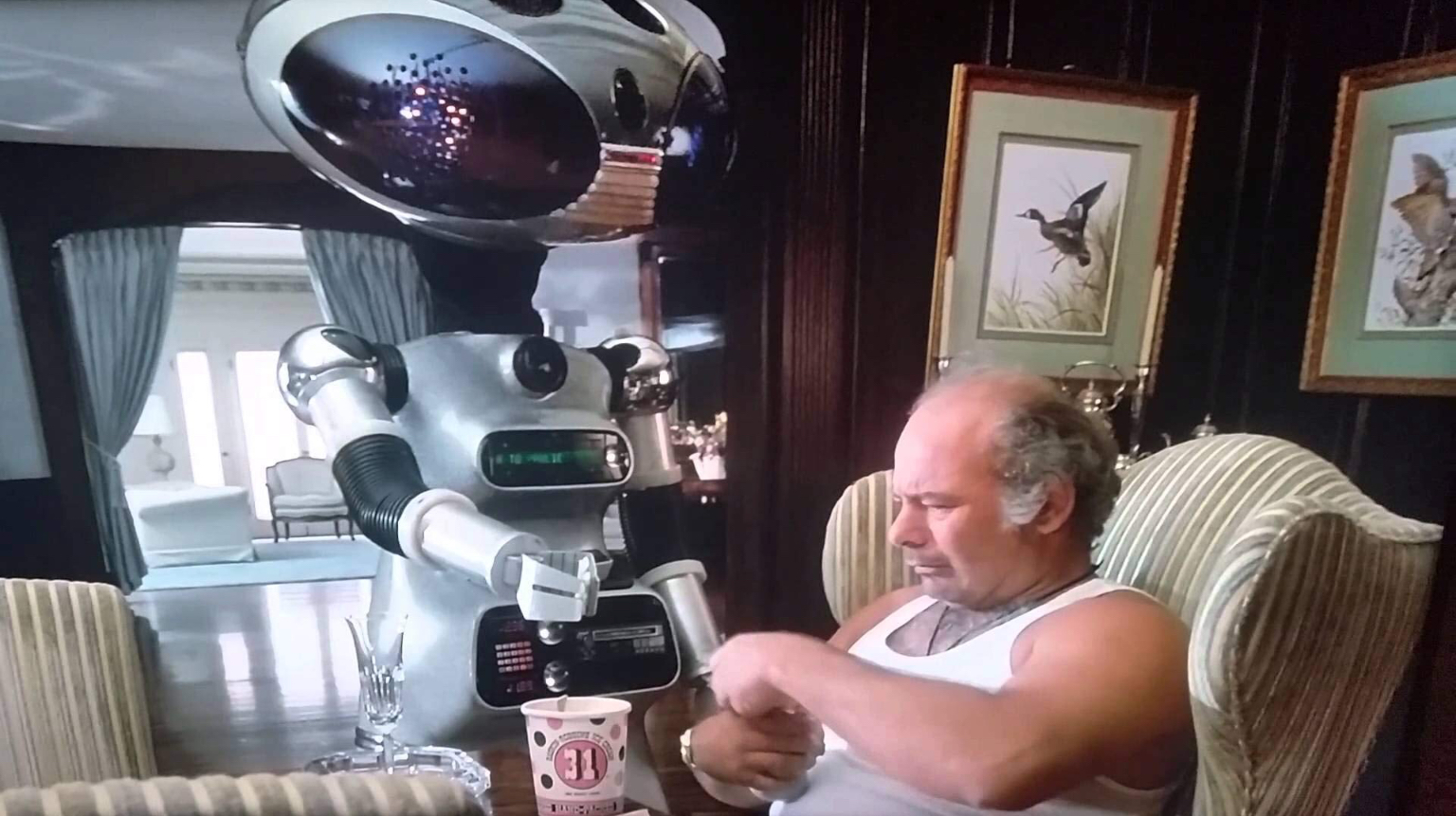
Drago is described as being a fighting machine by his manager, “It is simple, whatever he hits, he destroys!” Drago had the look of a cyborg killer, akin to The Terminator. In the opening round of his so-called exhibition bout with Apollo Creed, he’s content to simply stalk the fleet footed, former champion, simply swatting away the snappy punches that Creed is firing off at him in a succession of flurries. Upon one single command from his corner, Drago explodes with a powerful barrage of blows, quickly leaving Creed bloody, battered and barely saved by the bell, as he is sent staggering back to his corner on unsteady legs. The now crestfallen champ pleads with both his trainer Duke and Rocky not to stop the fight and somehow makes it to his feet to hear the second bell only for Drago to simply walk over to him to deliver what will be a fatal series of punches. Rocky stands aghast, torn between the decision of whether to save his friend by throwing in the towel, or to respect the warrior’s code of honour and let the fight continue. The last and fatal (slow-motion) blow from Drago causes Creed to fall face first to the canvas, unconscious, with involuntary spasms running through his legs. The fight is now over in more ways than one, with Apollo later dying in Rocky’s arms.
Drago is coolly ambivalent as to the fate of his fallen opponent. He simply glances sideways, mid interview and says, “If he dies, he dies”. Devoid of feeling, this man who represents everything the Western World is terrified of shows no sign of emotion or guilt, he’s simply completed his mission of seek and destroy. This turned out to be quite prophetic in fact, when during the filming of the final fight scene, Stallone insisted that the actors trade blows for real and Lundgen struck his co-star to the chest so hard that he caused a swelling around Stallone’s heart, which resulted in a filming delay, with Stallone spending four days in intensive care.
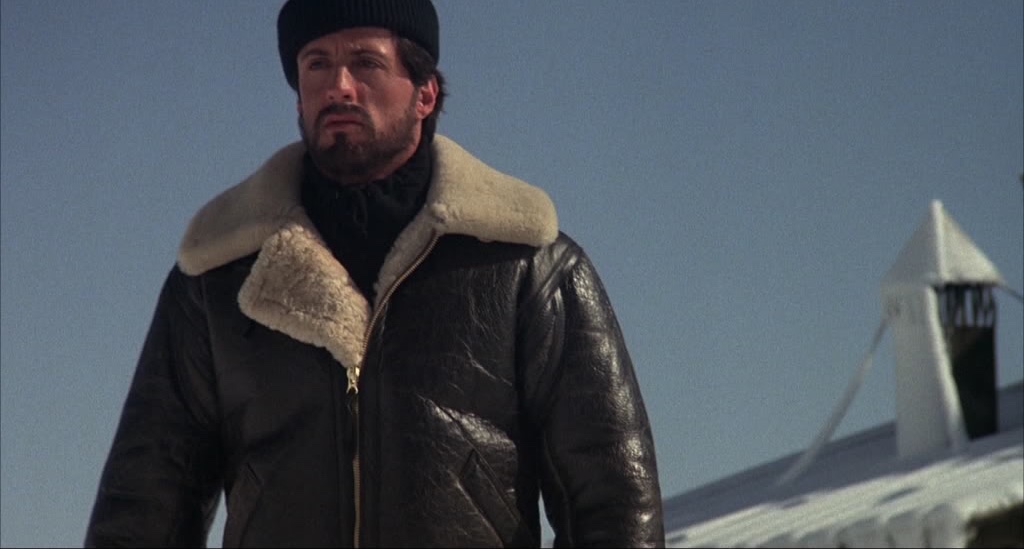
The premise of Rocky IV is vitally important to the series in general. Through the newly formed bond with his now brother in arms Apollo Creed, Rocky not only finds himself fighting to avenge Apollo’s death at the hands of the Russian giant, but will also find himself needing to become a replacement father figure to Apollo’s estranged son Adonis, much further down the line in Ryan Coogler’s spin off to the Rocky saga in 2015’s Creed (as well as the character of Drago reappearing to form the basis of the plot in the upcoming Creed II). This one night and this one fight is perhaps more telling on Balboa’s future than any other up to this point. Following the obligatory funeral scene complete with a eulogy courtesy of Balboa, we’re treated to the first montage of the movie when after a brief discussion with Adrian, Rocky hits the road in his Lamborghini Jalpa (replete with licence plates which read ‘Southpaw’) to the strains of Robert Tepper’s “No easy Way Out”. We’d seen montages before in the Rocky films, but this one is a step beyond the norm, it’s like viewing the best (or worst, depending on your preference) soft rock video of the 1980s. You get the impression that with Stallone back in the director’s chair for the third consecutive Rocky movie in a row, he was doing this stuff practically in his sleep. He knew what he and the audience wanted from Rocky at the time and delivered it with a hefty side order of cheese. Gone now was the original grit of the first two films, what was on show here was a fantastic slice of ‘80s action movie excess.
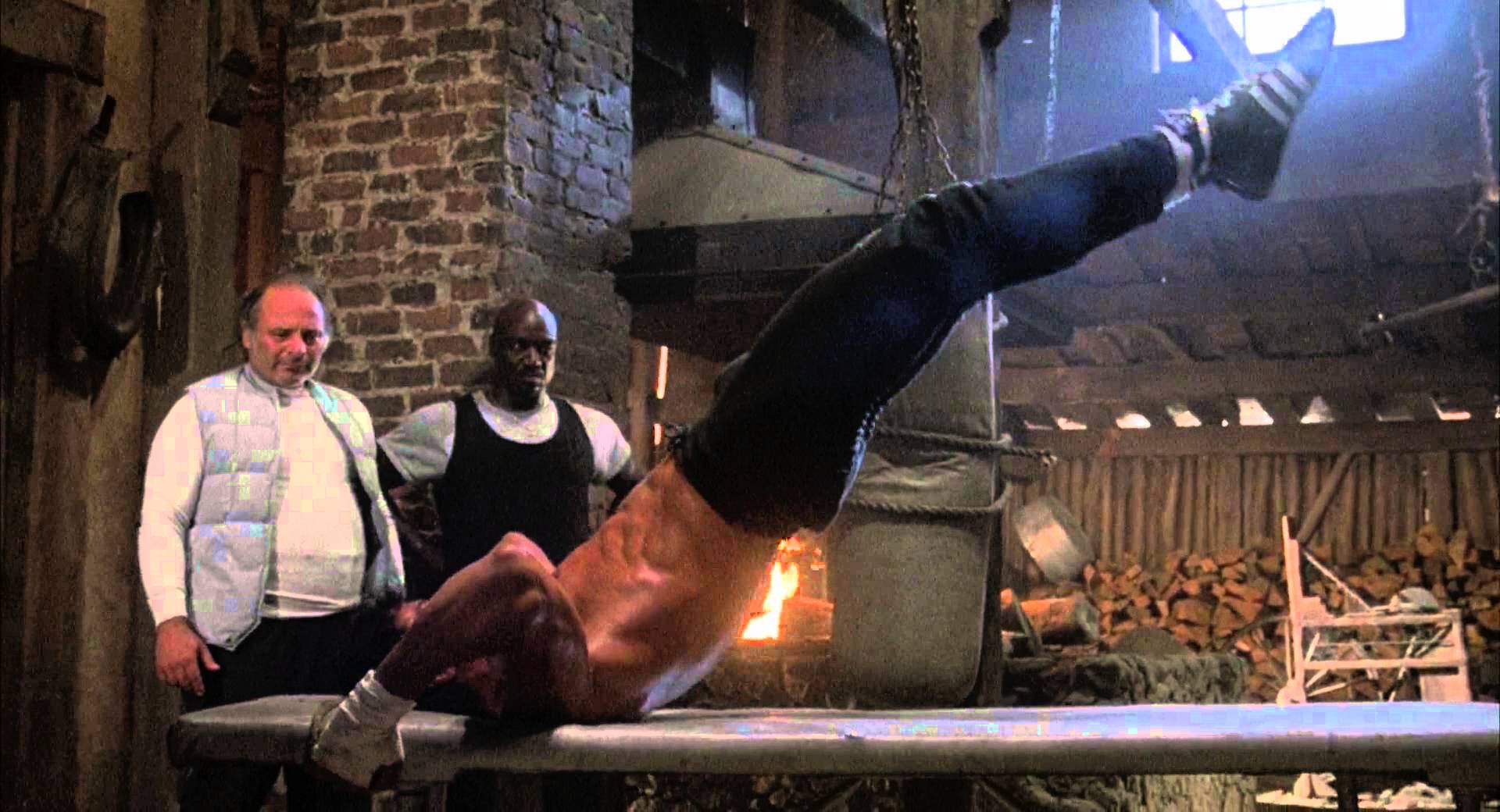
With Rocky choosing to vacate his title due to the boxing commission banning Drago, he will be forced to travel to Russia to exact his revenge. Once he has arrived at his snowy Russian retreat (actually filmed in Jackson Hole and the Grand Teaton National Park in Wyoming), he has only the company of his reliable best friend Paulie and Apollo’s right-hand man Duke as he prepares in his monastic regime. This fourth chapter really takes full advantage of the montage and after the first training sequence, Rocky returns to his cabin to find that his wife Adrian, who had initially disapproved of the bout (and let’s be honest, what loving partner wouldn’t?) has now flown over to join him and offer her morale boosting support. After a brief conversation, we are treated to yet another impressive training montage, in which the stark comparisons between the two combatants is displayed. Drago trains in a (then) state of the art training facility, his punch power ever growing as it’s shown in large digital displays, whilst Rocky runs up the impossibly steep snow-covered mountains and lifting up boulders and horse carts containing his training team. The training techniques on display here don’t really relate to the ideal preparation for a boxing match. For a start Balboa doesn’t spar a single round in preparation for the match but who amongst us could ever discount the impact of what is on display here from an entertainment point of view, as Stallone once again displays his glistening physique whilst putting his body through absolutely death-defying acts of acrobatic and muscular fortitude.
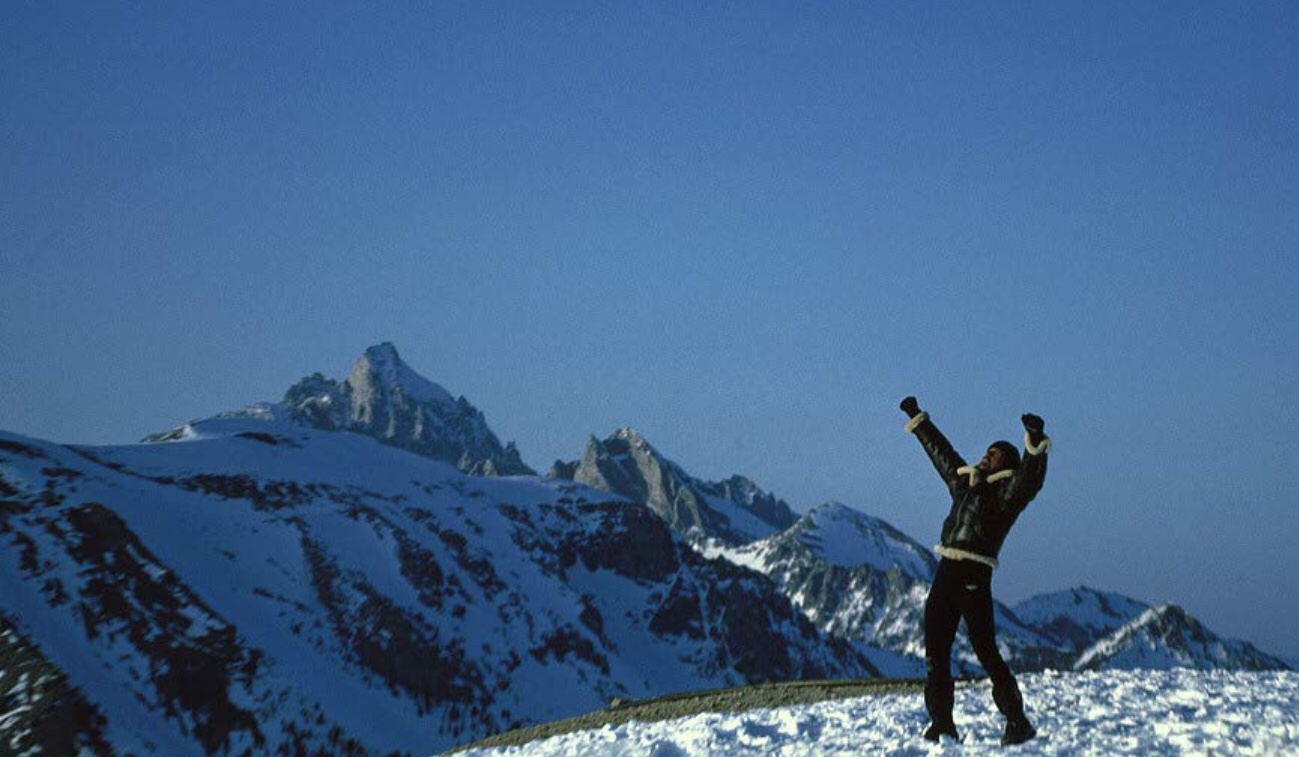
These scenes in particular highlight Stallone’s need to top anything we’d seen in a Rocky film before and whilst it’s perhaps the most far fetched story of the series, it still sits atop many fans lists when ordering the series. Rocky IV would also see the first time that Bill Conti’s “Gonna Fly Now” was not utilised during at least one of the training sequences, although strains of the famous theme are beautifully utilised by new composer Vince Dicola, as Stallone struggles to climb the area’s highest mountain and stand triumphant, arms outstretched above his head in a sign of victory, reminiscent to his similar pose after his climb up the Philadelphia Museum steps in the original film. The exception being this time, instead of cries of success, Rocky repeatedly bellows out the name of his opponent, like an ancient warrior, a gladiator headed into battle, knowing that he may very well be approaching his own death in his pursuit for revenge. The whole second training montage with a bearded Stallone looking like the mythical post-apocalyptic warrior Kenshiro from Fist of the North Star, performing Herculean tasks of physical strength and endurance is unarguably the highlight of the Rocky saga for many fans of the series. As absurd as it may come across to some, it’s the ultimate piece of filmic motivation to get off your ass and get the the gym and is perfectly coupled with John Cafferty’s awe inspiring and incredibly uplifting “Hearts on Fire” playing over the action.
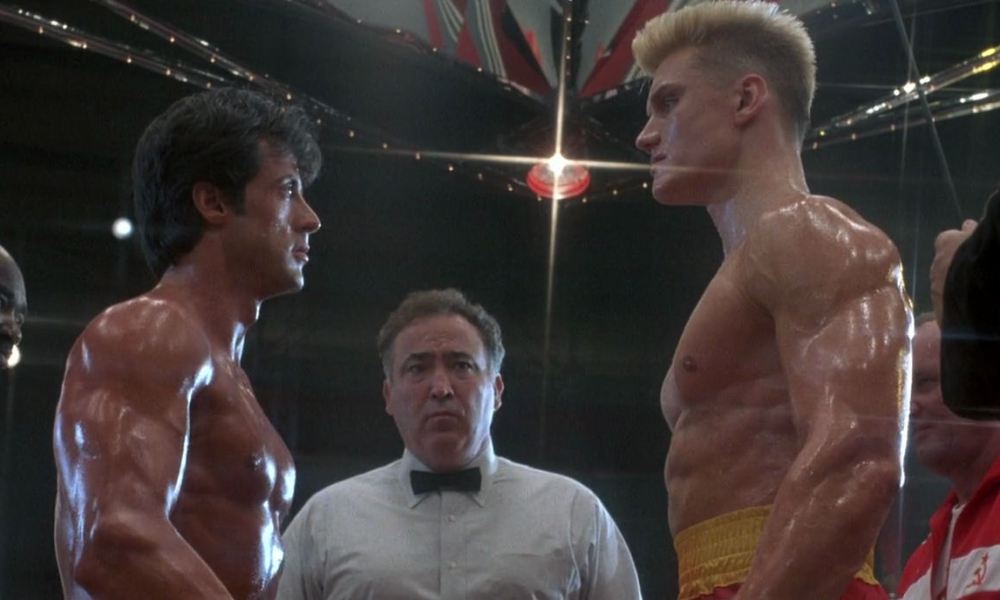
This match will mean much more to him than a victory in the history books or his legacy as a champion. This fight is to avenge a fallen brother, taken from him by the man who will soon stand in the opposite corner of their chosen area where the Rocky franchise will evolve from sports drama to something almost mythical as two titans clash. The climactic fight was filmed in Vancouver’s PNE Agrodome but dressed up to convincingly portray a foreboding Russian stadium, complete with Military personnel lining the walkways and a rather convincing lookalike of the then Soviet Union head of state, Mikhail Gorbachev looking from up high from a balcony. Prior to the ring walk, Paulie takes Rocky aside and, fighting back tears, he heaps praise upon his brother in law and best friend, explaining (as only Paulie could) that if he could unzip his skin and be someone else, it would be Rocky. Burt Young is once again on top form as the wayward brother in-law, happy to hang back until he’s provided with an opportunity to showcase his talent.
We then move on to the fight. This time, there are no trappings of show business, James Brown obviously wasn’t invited to perform before this match and upon receiving the final instructions, Drago delivers his now famous proclamation of, “I must break you”. The fight itself is as beautifully over the top as all that has proceeded it, with Rocky somehow managing to forget all of the silky-slick techniques Apollo taught him to thwart Clubber Lang. Instead we now see Rocky simply walking forward into Drago’s onslaught, bouncing up from knockdowns that would no doubt require the referee’s intervention were it a real fight. After absorbing several rounds of punishment, Rocky finally makes his breakthrough to cut the Russian’s face and carries on to throw explosive hooks to both the head and body of the now suddenly human looking Soviet pugilist. Prior to the final round, with the crowd now chanting Rocky’s name in recognition of his efforts, Drago is told by his manager that he’s letting his country down, only to then grab hold of his slave master and thrust him up high by the throat, whilst shouting aloud (in subtitled Russian) “I fight for me!”
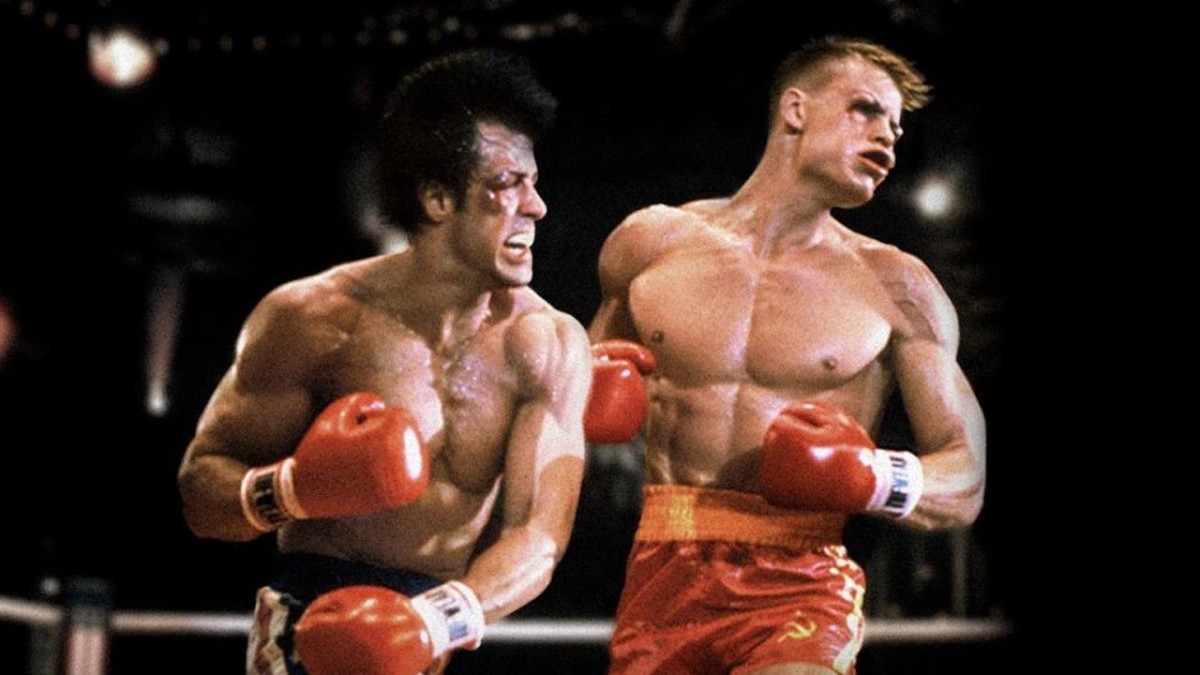
The final round is perhaps the best example of the Rocky formula to date, as Balboa absorbs what’s left from the now flagging Soviet fighter, he then suddenly responds by brutally clubbing the now completely spent Drago to the canvas with only seconds left to spare. And then comes that one shining moment, forever encapsulated in time. Rather than celebrating the victory over his now fallen foe, Rocky takes the ring announcer’s microphone and effectively ends the Cold War with his sincere and impassioned speech about how we should all change. Somehow I’ve come this far without mentioning Paulie’s six-foot-tall talking robot birthday present, one of the film’s more ridiculous and oft-lampooned scenes of which it has a few. Yes, Stallone crafted a film that almost glorified the often cringeworthy excesses of the 1980s but for pure weight of fist-pumping moments of gleeful entertainment, it’s a champion amongst its peers. You show me a grown man who doesn’t have a special place in his heart for Rocky IV and I’ll show you a man with no soul.
Film ‘89 Verdict – 8/10

